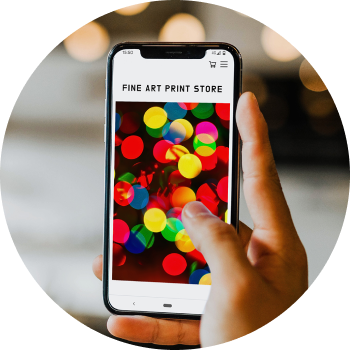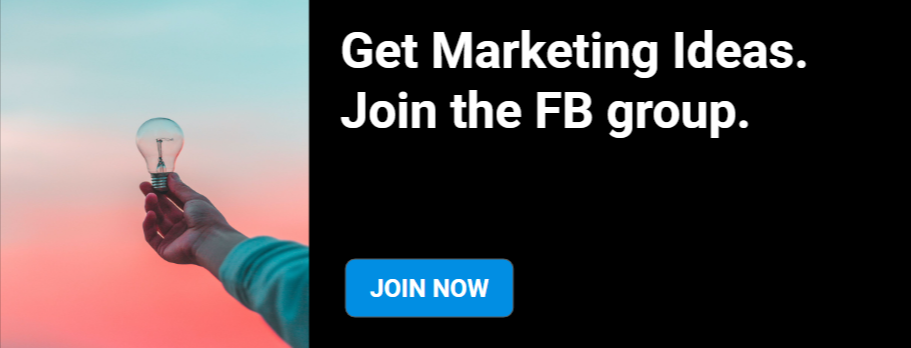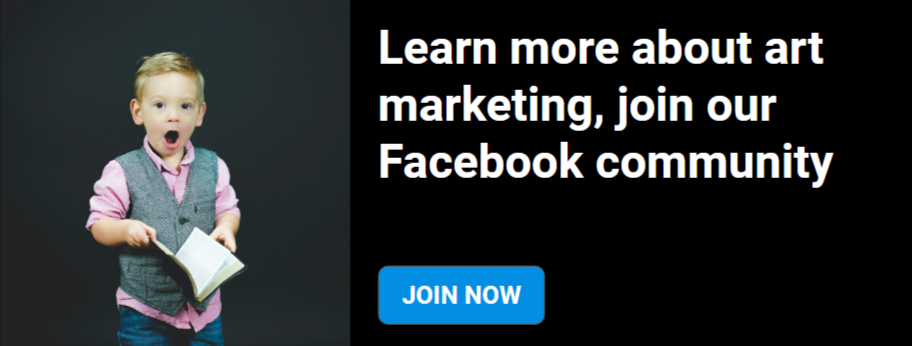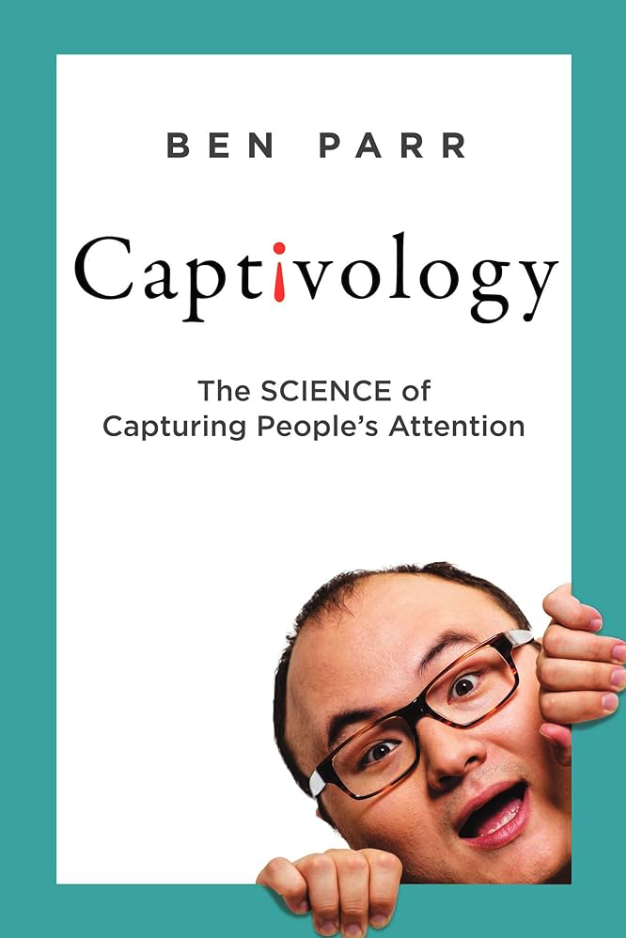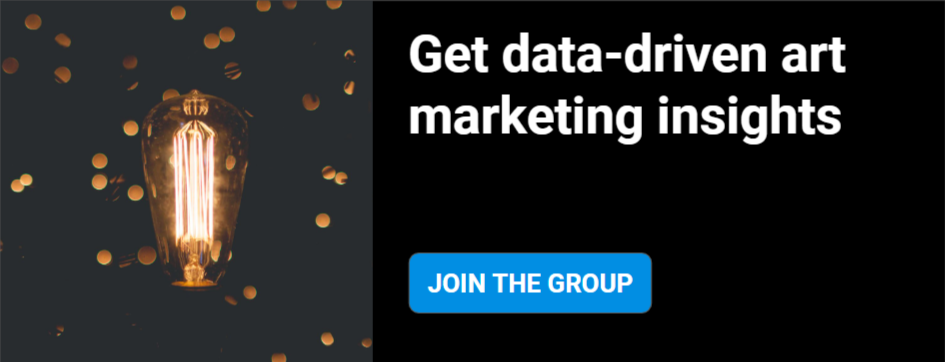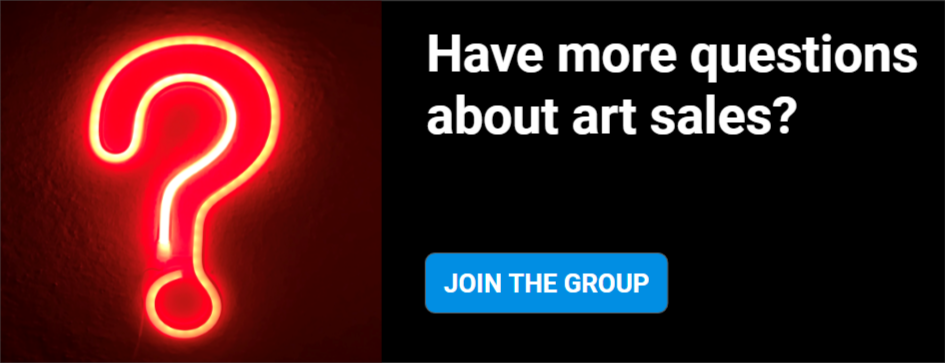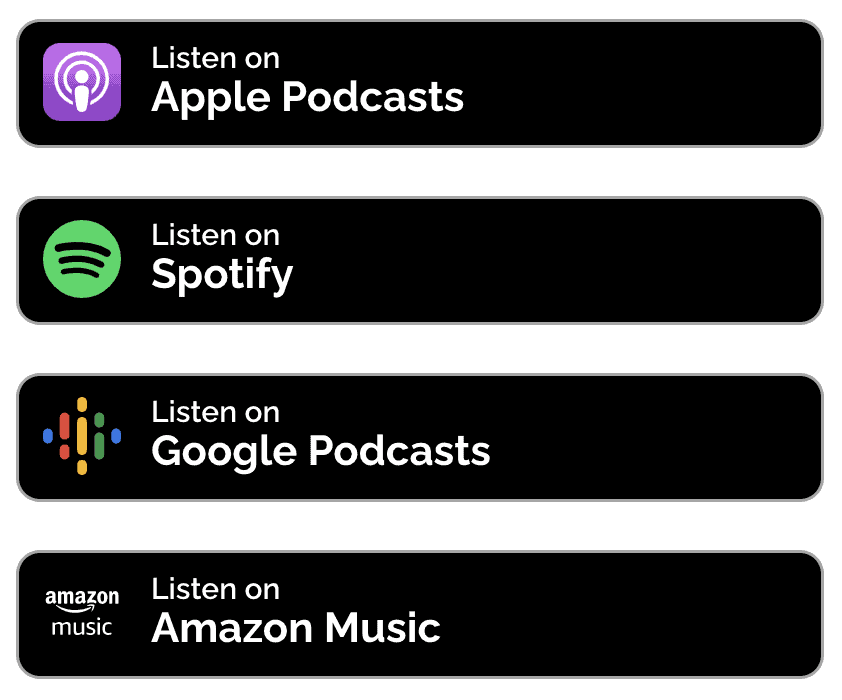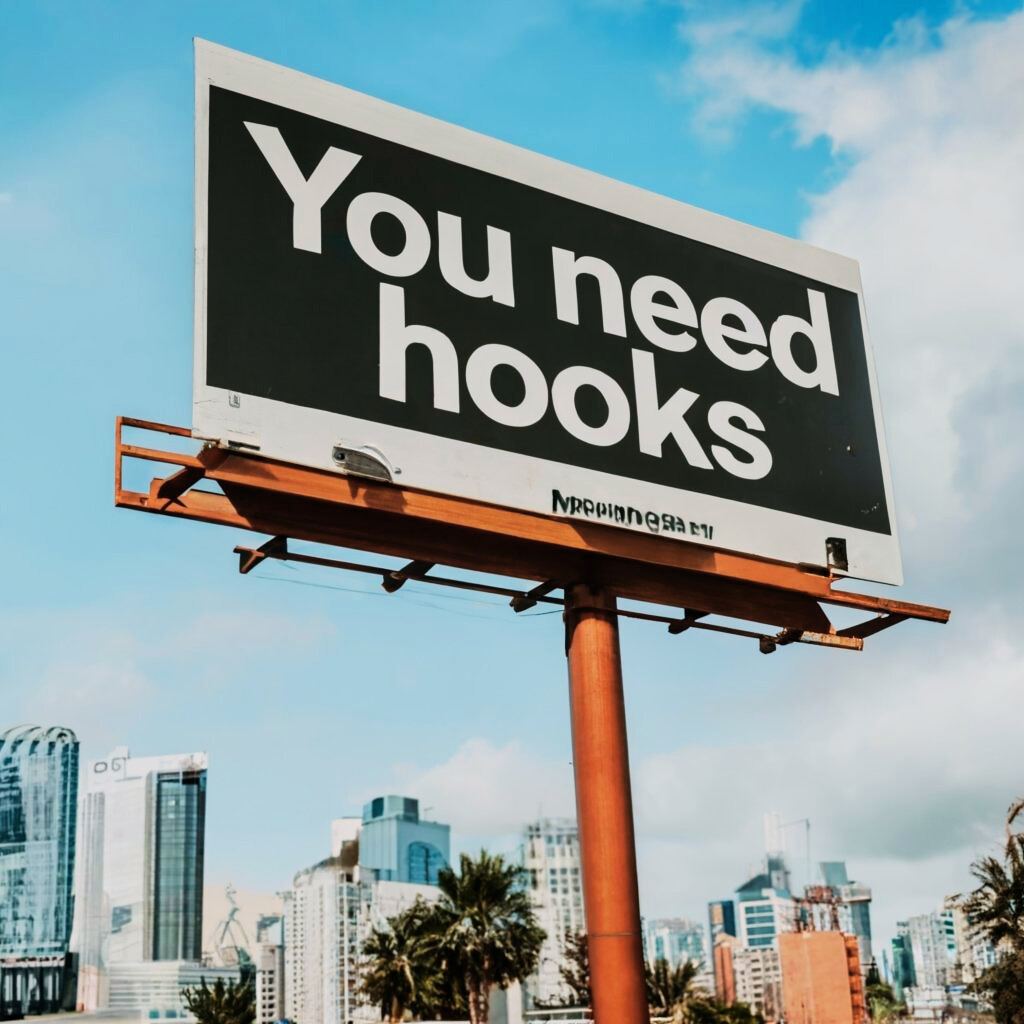
Our Facebook community is dedicated to helping the members increase online art sales, and we have had many recent successes. Here are a couple of examples:
- Kalle Hellzén subsequent to joining the group in August this year, Kalle grew from 5k to 25k followers in 7 days by focusing on Reels. Here’s one of the ones he made:
- Ben Ashton sold 10 times the number of prints compared to any previous month by using the timed print drop strategy combined with a giveaway to grow his email list. Here’s Ben talking about his incredible artwork:
Every single success, small or large, is celebrated by the group. We are all passionate about moving our collective understanding forward. We have the understanding that effective marketing of your work doesn’t guarantee online sales, but not doing so guarantees little or no sales!
In the group we have recently focussed recently on Instagram Reels, and in particular we are exploring what causes some Reels to get played more than others. Below is a summary of the current thinking on this, condensed into a series of questions that you might ask yourself when trying to grow your following.
Q: Why can I not get attention on Instagram?
The fastest growth on Instagram these days is from posting Reels. Carousels and image posts are great, but it is unusual for these alone to create really strong growth.
Q: Why do my Reels fail to take off?
If your Reel has a narrative, is relatively well produced, has trending music, is fast paced and your art is original and well produced but you still aren’t getting decent engagement then the most likely reason is the lack of a Hook.
A good analogy for a hook is music. Singles that enter the charts mostly have a standard structure; verse, chorus, verse, chorus, bridge, repeat chorus etc. This format is what listeners understand and expect. What separates the breakthrough tracks out are their hooks; i.e. the catchy parts that grab your attention and get into your head. Without a strong hook, a song is too easily forgotten.
Similarly on Instagram it’s all too easy just to scroll on. In fact it becomes a bit of a reflex. Therefore for Reels to get watched in the first place, they must have a strong hook in the first 3 seconds.
Q: How do I know if my Reel has a hook?
With paid ads on Instagram hooks are quantified through something called Thumbstop rate. Thumbstop is when someone on Instagram stops scrolling vertically (usually done with the thumb) and starts watching a Reel. The rate is calculated as the number of 3 second video plays divided by impressions. In other words, what percentage of people who saw your Reel played it for more than 3 seconds? A good thumbstop rate is > 20%.
It is worth noting that you only get the total number of plays of more than 3 seconds on organic (unpaid) posts on Instagram, you do not get the number of impressions. So on organic posts you can’t calculate the thumbstop rate. However just the number of > 3 second A good proxy for thumb stop rate is of course the total number of plays.
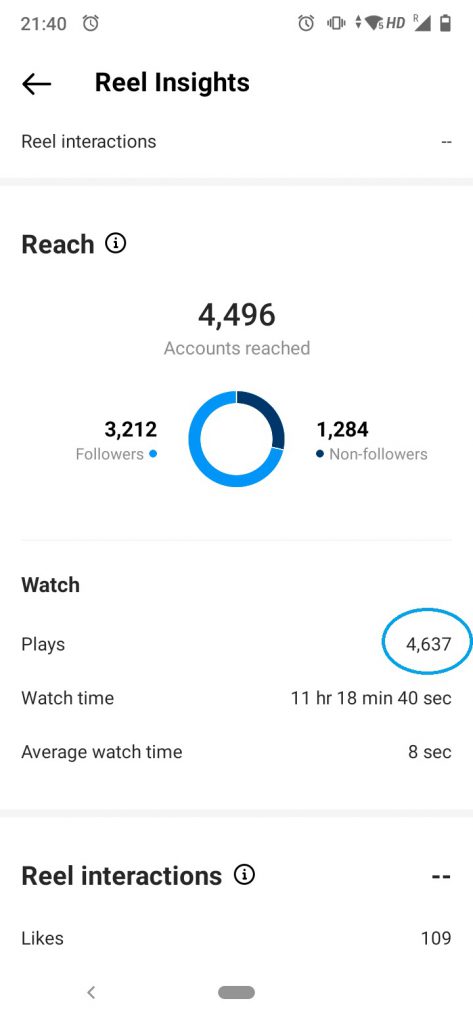
A good benchmark here is if plays > 50% of your follower numbers then the Reel must have a good hook. If the number of plays > 100% of your follower numbers then the hook must be really strong.
Q: Is the success of a Reel only down to having a strong Hook?
No. Hooks get you the initial attention. The Reel’s narrative, subject matter and call to action are what makes people do something when you have their attention (e.g. sign up to your newsletter, visit your print store etc.) Without their initial attention, that’s not going to happen. So Hooks are the keys that unlock the potential of your marketing.
(By the way, a call to action or CTA is the thing where you explicitly ask someone to do something. E.g. “To see more of my artworks, please visit my link in bio to sign up to my newsletter”)
Q: Why do I need to make Reels and grow engagement? People love my art, isn’t that enough?
95 million posts are created on Instagram each day. It is worth asking yourself the following questions; why should Instagram show your post to people instead of the 94,999,999 others?
If you want to grow art sales you need attention. This is nothing new, and this requirement existed way before social media. To gain attention then you need hooks because they are the things at the start of every Reel that cause people to take notice of what you have to show them. Your hooks need to be as good if not better than other people’s hooks, because getting attention is a competitive thing. That’s why a good place to start with learning hooks is to observe and take inspiration from what other artists are doing.
The great thing about Instagram is you can see the number of Reel plays and compare that to the number of followers and as a result instantly understand if the Reel has a strong hook. This means it’s easy to know which Reels to take inspiration from, and what Reels to ignore.
Q: Can you give me practical examples of successful hooks?
Hooks fall into various categories and come in many shapes and sizes, so we couldn’t list them all here, but we can give a flavour of what they involve. We have covered all bases with the examples, from painting to photography to illustration.
A hook elicits an emotion or a bunch of emotions, and this must happen immediately at the very start of the Reel. When emotions are activated, this raises people’s attention and they stick around to understand more about the feeling they just experienced.
On the simplest level colours, movement, and sounds naturally grab our attention and so Reels that start with strong colours or fast movements or pacey edits really work. Here’s some examples:
Timelapses and speeded up footage are not just movement, they are also unusual to the human eye so they garner immediate attention.
Alternatively the art itself or the process of making it can be so unusual that it just grabs you. For example it the process of making it can be unusual like this one:
Your process could be intricate and skillful that produces a sense of awe, like this one here by a member of our group, Ioana Pioaru.
Sometimes the scale of a work is the initial hook
If your art doesn’t naturally fall into any of the above categories then not to worry, there are limitless ways to get attention. For example the movement in this photographic reel is eye-catching, made by one of our Facebook group’s participants, Paul Batchelor
We had some people in the group feel that Paul’s reel moves too fast to really see the images, but that is the point. As well as movement the speed of it produces curiosity, it gives you a flavour of the work but maybe you end up clicking through to see more if you want a closer look.
Instagram Reels are audio-visual things. They are more analogous to pop videos than documentaries. When the edits go in time with the music you are far more likely to get attention. Here’s a Reel that does this really well.
The above Reel also uses a trending piece of music, which is a hook in itself because when someone hears a song that is already stuck in their head, they want to listen to it so it acts like glue to your Reel.
Questions are always good because they involve people. When we’re asked a question our attention levels are raised immediately. Also if we type a response this also helps the Reel get shown to more people because Instagram rates Reels on the number of comments and shares, not only on its ability to hold the attention and stop people scrolling. Kalle’s Reel we showed at the start of this article asked a question “Which artwork do you prefer?”
Curiosity or suspense are really big drivers. If you look at the Reel and there’s something happening but you can’t see the end results, this is a strong driver to stick around to find out. Here’s a few examples:
There is a trending Reel on Instagram right now for artists where you show yourself and then you show the art afterwards. This builds suspense because I think people try to guess what the art may be like based on seeing the person, and the fact this is a trending Reel really helps too. Here are a few examples.
Trending Reels are hooks in themselves because people like to see different takes on the same theme.
Empathising with people is another good hook too. This Reel empathises but also builds suspense by revealing the text slowly, but the text itself is empathetic with anyone who has the desire to create.
There are unlimited examples of hooks, and often the most successful Reels have a few Hooks working at the same time. For example colour and movement, or movement and suspense, or scale and curiosity like the Reel below:
The best way to start making your own Reels with hooks is to first understand attention from a top-level perspective. We could not recommend this book highly enough:
Then just dive in and try to understand why artists similar to you have had successful Reels. Take a close look at as many as you can, and try to understand what the hooks are. Only when you get really familiar with the kinds of things that do generate strong hooks, should you dive in and start making your own variations. But once you do, go wild, experiment and take risks. Your learning curve as a result will be steeper.
Another way you can learn is to do set pieces, as we call them in the group. This could involve doing trending Reels (you will find out what they are if you spend enough time looking at artists’ Reels on Instagram. The other thing you can do it to use templates because they are designed to make edits go in time with the music. If you see this is the bottom left of the Reel, then the Reel you are looking at has been made with a template:
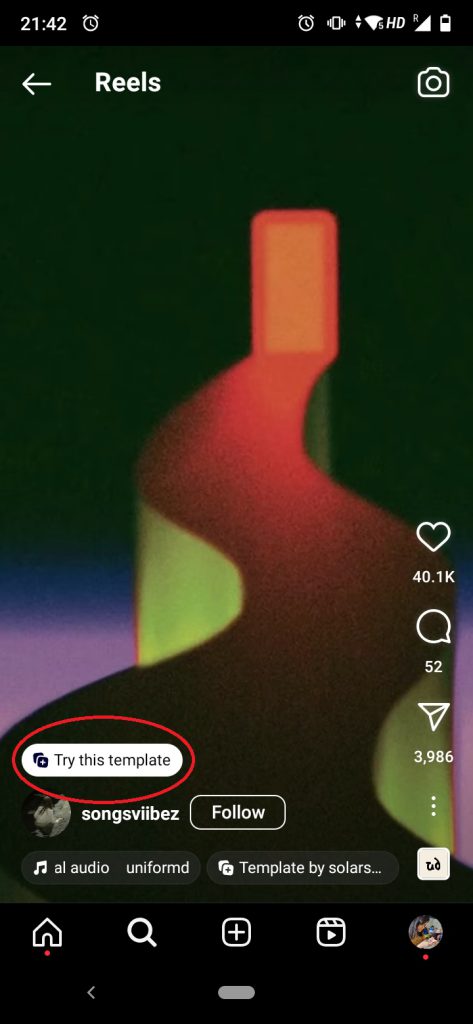
Q: Why is marketing my job? I’m an artist.
In most cases marketing has always been the job of the artist. You can have help with that and, indeed, we have a marketing agency in-house at theprintspace now. However, creating hooks was necessary before social media, and the artists that you think effortlessly sell their work are actually marketing machines. Often marketing efforts are deliberately disguised to make things seem more spontaneous, but falling for this trick can mean artists are convinced that success will just happen. Almost without exception, success is a result of a careful and deliberate marketing strategy.
Take Damien Hirst’s Sheep and Sharks in Formaldehyde. Regardless of your personal opinion on the art, it is undeniable that these artworks had strong hooks that got him noticed and helped to propel his art career forward.
Another example would be Frida Khalo, who really understood how to grab attention. When she broke through with her solo show in New York in 1938 she told a journalist from Detroit News that her famous husband, the artist Diego Rivera “.. does pretty well for a little boy, but it is I who am the big artist.” Given that newspapers were the dominant media of the day, statements like this were a huge attention grabbing hook for people to pay attention to her work.
We do not advocate that your artwork should be designed solely to grab attention. We are saying that with the art you are passionate about making you need to feature the most immediately eye-catching aspects of it very clearly. That might be the process, the finished pieces, your motivation for making it, the subject matter, you as the artist or the person, the inspirations, your journey as an artist, who buys it, where it hangs and what it means to people who buy it etc. plus countless other possible aspects.
Q: Why is selling art online important?
Our data shows that social selling is already the main route to a revenue stream for artists and the beauty is it’s a meritocracy of ideas that requires little investment to get going. Artists who market themselves well typically earn between $1 to $3 per follower, per annum, in print revenue.
The social commerce market as a whole (i.e. stuff sold via a social media presence) is set to grow from $945bn this year to $10-13tn in the next decade, and it has never been easier to grow your following on social media. Art being such a personal thing sells particularly well through this medium.
So, it turns out we are just at the very start of this trend. If you start now, you are still an early adopter. Do not listen to anyone who says social media is over, or is a transient phase. That just simply isn’t supported by any facts. There are issues with social media of course, but we’re not here to debate those. Our mission is to focus on what it means for artists and their careers.
Q: How do I get started on my social commerce art sales journey?
Whether you have 100 followers and want to get to 1k, or you have 100k followers and want to get to 500k, you will gain knowledge on how to do this by joining our Facebook community. You can interact with other artists and learn how to improve your marketing, whatever your level and the group is highly supportive. You don’t have to do this on your own!
If you are just starting you will need an Instagram account, a mobile phone, a Capcut subscription (or similar) for editing video, some artistic talent, a bunch of ideas for your posts, lots of time and a willingness to learn and experiment. When you are ready to start selling you will need a basic level Shopify subscription. Shopify is by far the best platform for selling.
The main thing to do is keep learning, but make sure you do it from the right sources. Don’t pay for art marketing guru’s courses, there are enough free resources out there, including our FB community.
Here’s a great article we read recently – 7 Tips to Create Thumb-Stopping Social Media Hooks
Here’s a great article we wrote recently – How artists can grow their Instagram following in 2023
Watch this talk by the author of the book we recommended:
And listen (or re-listen) to this podcast from our Sell Out series, where we talk extensively with Victoria Rose Park and David Park about how to create engagement and follower growth on Instagram.

